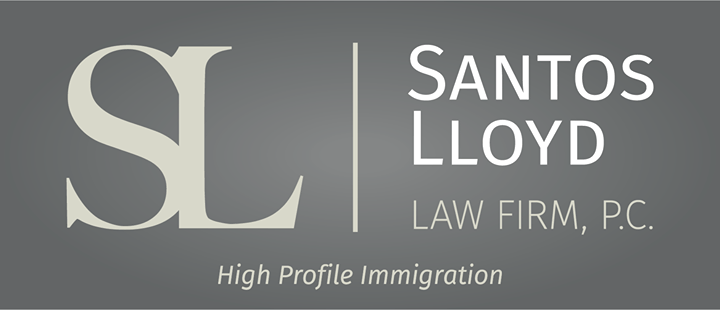Décret sur "la sécurisation de nos frontières"
Juliana LaMendola • February 20, 2025
Click here to read this article in English
Le 20 janvier 2025, le président Donald Trump a signé un décret imposant de nouvelles restrictions aux migrants, notamment des limitations à l'asile et aux protections humanitaires. Le décret ordonne au Département de la sécurité intérieure (DHS) de mettre fin à tous les programmes de libération conditionnelle catégorique qui sont en conflit avec les politiques américaines, ce qui inclut les processus de libération conditionnelle pour les ressortissants cubains, haïtiens, nicaraguayens et vénézuéliens. En outre, cette disposition pourrait avoir un impact sur les programmes de libération conditionnelle pour les personnes originaires d'Afghanistan, d'Ukraine et d'autres pays.
Outre la restriction des libérations conditionnelles, le décret introduit plusieurs mesures de sécurité aux frontières, notamment la construction de barrières physiques supplémentaires, l'augmentation des effectifs du personnel frontalier et l'arrêt de l'utilisation de l'application mobile CBP One. Le décret ordonne spécifiquement au ministère de la défense et au ministère de la sécurité intérieure de construire davantage de murs frontaliers afin d'établir ce qu'il appelle un « contrôle opérationnel complet » de la frontière méridionale. En outre, il a ordonné la fermeture immédiate
de l'application mobile CBP One, qui permettait auparavant aux demandeurs d'asile de prendre rendez-vous aux points d'entrée des États-Unis. Par conséquent, tous les rendez-vous existants ont été immédiatement annulés.
Le décret prévoit également le rétablissement du programme « Rester au Mexique », également connu sous le nom de Protocoles de protection des migrants (PPM), dans tous les secteurs de la frontière méridionale. Dans le cadre du PPM, les demandeurs d'asile doivent rester au Mexique en attendant l'issue de leur procédure judiciaire d'immigration aux États-Unis, ce qui modifie considérablement le processus pour les personnes cherchant refuge dans le pays.
Ces mesures renforcent l'effort plus large de l'administration Trump pour restreindre l'asile et les protections humanitaires à la frontière américaine. Si vous ou quelqu'un que vous connaissez risquez d'être affecté par ce décret, il est essentiel de rester informé et de comprendre vos droits légaux. Consulter un avocat spécialisé dans l'immigration peut aider à naviguer dans ces politiques en constante évolution et à garantir la meilleure ligne de conduite pour l'avenir.
Ce blog n'est pas destiné à fournir des conseils juridiques et rien ici ne doit être interprété comme établissant une relation avocat-client. Veuillez prendre rendez-vous avec un avocat spécialisé en droit de l'immigration avant d'agir sur la base de toute information lue ici.

Once you have connected with a college program, have been admitted to the school, and deemed eligible to compete athletically, you will need to secure an F-1 student visa in order to actually attend your new college and begin your time as a student athlete. The first step in the visa process is to receive your Form I-2

For many talented athletes around the world, U.S. college athletics represent a remarkable opportunity to combine elite athletic competition with higher education. In sports such as basketball, soccer, track and field, and tennis, among others, hundreds of colleges and universities across the United States offer struct

Under the new regulation, if a person filed or files Form I-589, Application for Asylum and for Withholding of Removal after October 1, 2024, and the application remains pending with USCIS for 365 days, the applicant must pay an Annual Asylum Fee (AAF) on the one-year anniversary of his or her filing date.



